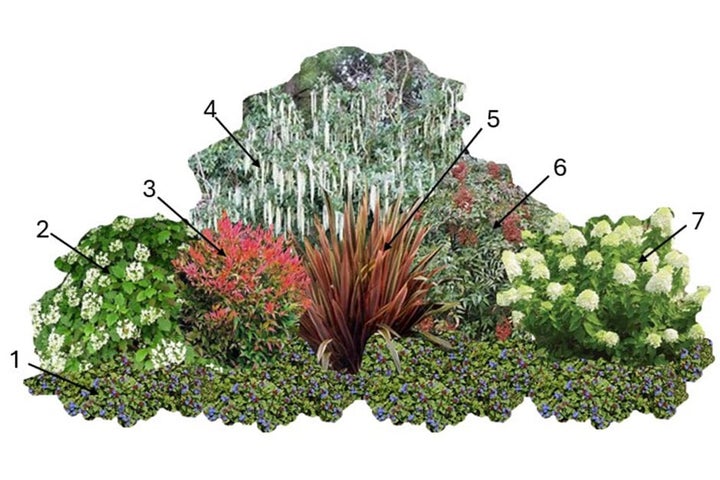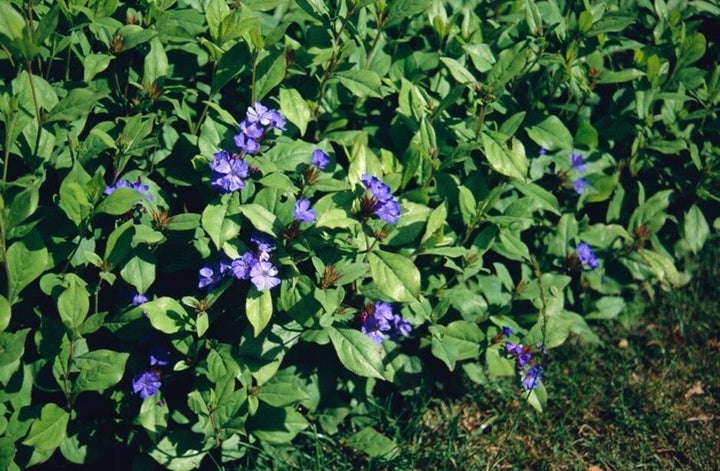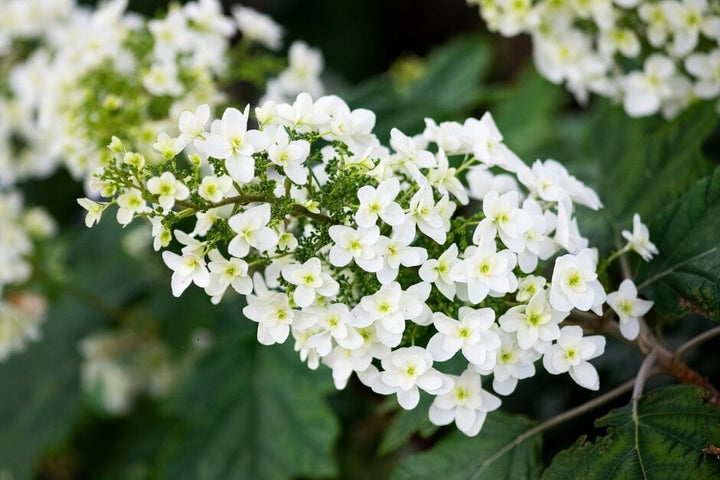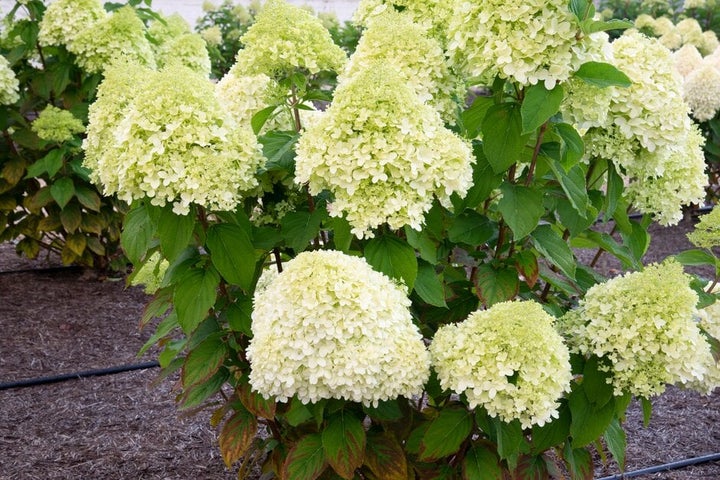
Quick facts
Honey fungus can affect many woody and herbaceous perennial plants
Some plants appear more resilient than others
Honey fungus appears as a white fungal growth between the bark and wood of a plant, usually at ground level
The planting plan

James Lawrence, RHS Principal Horticultural Advisor, has designed this simple, attractive, and most importantly, sustainable border design for you to try at home with plants that are easy to grow, widely available and look good together.
This planting design for a challenging location provides a range of plants that, once established, will thrive and be less susceptible to honey fungus while still providing a variety of interest throughout the year.
Choosing plants that are less susceptible to honey fungus
Deciding what to plant in a garden after discovering honey fungus can be a challenge for gardeners. Using information and research from the RHS, you can avoid very susceptible trees and shrubs, and choose more resistant ones. This should help reduce further losses, allowing you to continue to enjoy a garden full of height, structure and interest.
Ceratostigma provides ground cover, which helps to cover any bare soil, reducing soil surface erosion and discouraging unwanted from establishing. Ground cover plants can also help to reduce soil moisture loss from the wind stripping moisture from exposed soil surfaces. Ceratostigma will also attract pollinators, increasing the garden’s .
Additional organic mulching, preferably with homemade compost, can improve soil moisture retention and weed suppression. Mulches should be spread when the soil is already moist, to help trap some of that moisture before it dries out in summer.







1 - Ceratostigma plumbaginoides is a low-growing herbaceous with spreading roots, forming a mat of stems bearing oval leaves that turn red or purple in autumn. Clusters of rich cobalt-blue flowers appear from late summer into autumn.
2 - Hydrangea quercifolia ‘Snowflake’ is a shrub to 2m tall, with boldly lobed, oak-like leaves that colour well in autumn, and arching conical panicles of double, sterile florets which fade to pink.
3 - Nandina domestica ‘Gulf Stream’ is a compact, bushy, evergreen shrub whose new growth emerges a bronze-orange colour in spring and turns green with age, but often retains a red-orange flush. In autumn and winter, the foliage turns shades of red and gold. Conical panicles of small white flowers in summer are sometimes followed by red berries.
4 - Garrya elliptica ‘James Roof’ is a large, bushy evergreen shrub with leathery dark green leaves and gracefully drooping grey-green catkins in winter and spring.
5 -Phormium ‘Sundowner’ is an evergreen, clump-forming perennial producing arching, sword-like pink leaves with green stripes and margins. Upright spikes of red flowers may appear in summer.
6 -Nandina domestica ‘Richmond’ is an evergreen or semi-evergreen shrub with glossy green foliage that turns red in autumn. Clusters of white flowers in summer are followed by bright red berries in winter.
7 - Hydrangea paniculata ‘Limelight’ is a deciduous shrub with light green leaves and flowers that form very dense, broad cones that are entirely green at first, opening pale lime green and later grading through to white. A slight pink flush in places gradually deepens a little to give a pink and green colour mix at maturity.
About honey fungus
Honey fungus is the name given to the fungi Armillaria. Honey fungus can attack and kill the roots of many woody and plants, leading to plant damage and death.
By choosing plants that are less susceptible to honey fungus, you can keep your border looking good and growing well, with plants much less likely to need replacing owing to honey fungus.
A simple planting plan to helps create depth, interest and good coverage in a border.
The challenge of growing plants near honey fungus
Honey fungus can attack all plants; however RHS records (0.5MB pdf) show that there are some plants that are being rarely affected. Controlling the spread of the fungus is difficult, so avoiding the use of frequently attacked plants is one of the best options available to gardeners.
Symptoms of honey fungus include clumps of honey-coloured mushrooms above ground and a white fungal growth between the and the wood of the plant.
Why choose a sustainable planting combination?
Using the ethos of ‘right plant, right place’ to create a sustainable planting combination is great for the environment. It helps to avoid waste and the use of products and practices needed to try and help ailing plants, such as applying fertiliser. It also creates robust, long-lived planting that benefits soil health and garden . For more information about sustainable gardening, please see the RHS Sustainability Strategy.


